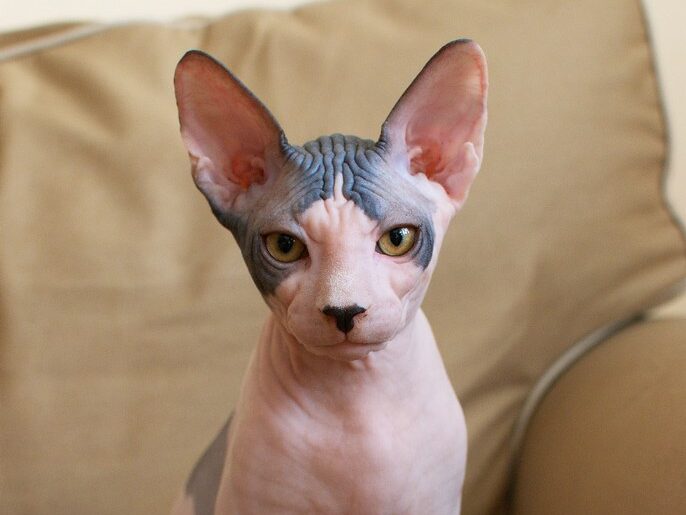
Some cats don’t really act like cats at all. They’ll chase after thrown toys and bring them right back. Some wait by the front door when they hear someone coming home. Learning new tricks doesn’t seem to challenge them much. These particular breeds have behaviors that feel more canine than feline. Nobody taught them to be this way. The personality just comes built in from the start.
Maine Coon

A Maine Coon won’t let you out of its sight. Moving from the kitchen to the living room means the cat’s coming too. They want to know what’s going on instead of pretending they couldn’t care less. Fetch games can go on for twenty minutes straight. Their solid build makes them seem less fragile. Picking them up doesn’t cause any drama. When you call their name, they actually turn around and look.
Ragdoll

Ragdolls go completely limp when picked up. That’s the whole reason for the name. They follow people around and sit by the door when someone leaves. Even chaotic households don’t rattle them. Furniture scratching isn’t really their thing. Counter-clearing for entertainment doesn’t happen much either. Some owners compare them to lazy puppies that can’t be bothered with typical cat behavior. The usual feline aloofness just isn’t there.
Abyssinian

An Abyssinian doesn’t know how to sit still. Your shoulder makes a decent perch for surveying the room. The top of the bookshelf works too. Their energy reminds you more of a Jack Russell than anything feline. Throw something across the room, and they’ll haul it back. The back-and-forth actually seems to entertain them. Finding them in the same spot twice isn’t common. They’re still making rounds even when it’s quiet.
Burmese

A Burmese cat won’t tolerate being ignored for long. Leave them out, and they’ll let you know about it vocally. Closing a door means they’re waiting on the other side. People who travel a lot shouldn’t get this breed. A stranger walking in gets approached without the usual cat suspicion. Some will claim a lap and stay there for hours. The way they attach to people feels more like a dog.
Manx

Manx cats often have no tail. That physical trait somehow comes with dog-like tendencies. Fetch happens naturally. Commands get responses with surprising consistency. Their loyalty runs deep but focuses narrowly on one or two people. They don’t warm up to everyone who walks through the door. Some jump into cars without coaxing. Travel doesn’t seem to bother them. The breed’s reputation for being protective holds up.
Turkish Angora

Turkish Angoras, even at age twelve, will act like kittens. They’re the ones who figure out how to unlatch cabinets when nobody’s looking. Turning a doorknob seems to make sense to them somehow. They know what time their owner usually gets home. Some position themselves by the window a few minutes before that car pulls into the driveway. Most cats act indifferent to human schedules, but not this breed.
Siamese

Siamese cats have a lot to say. The sounds they make feel more like they’re trying to communicate than just making noise. They don’t respect privacy much. A closed bathroom door will likely draw complaints. Without regular interaction, they can actually become depressed. Teaching them their name takes about a day. Call them, and they show up. Walking on a leash isn’t as strange to them as it would be for other cats.
Sphynx

Sphynx cats feel unusually warm when touched. No fur means they’re always hunting for heat sources. People qualify as excellent heat sources. Shoulders get draped over. Blankets get burrowed under. The breed follows its owners everywhere without taking breaks. Guests get greeted at the door with real enthusiasm. Being left alone doesn’t work for them. They need company more than most dogs do. The attachment runs that deep.
Bengal
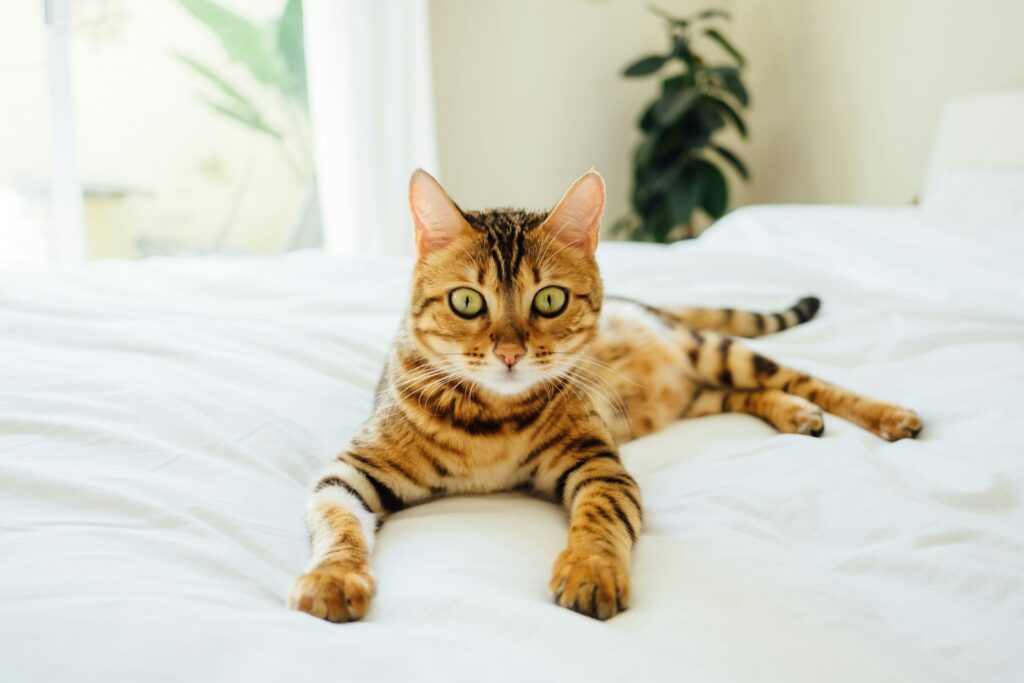
The Bengals have wildcat ancestry, and it shows in how they move. They need room to sprint and climb without limitations. When they play, it’s all pouncing and full-speed chasing. Some retrieve a ball better than a Labrador. Quiet afternoons aren’t their style. Without enough to do, they start tearing things up. How they attach to their owner can feel intense and possessive.
American Curl
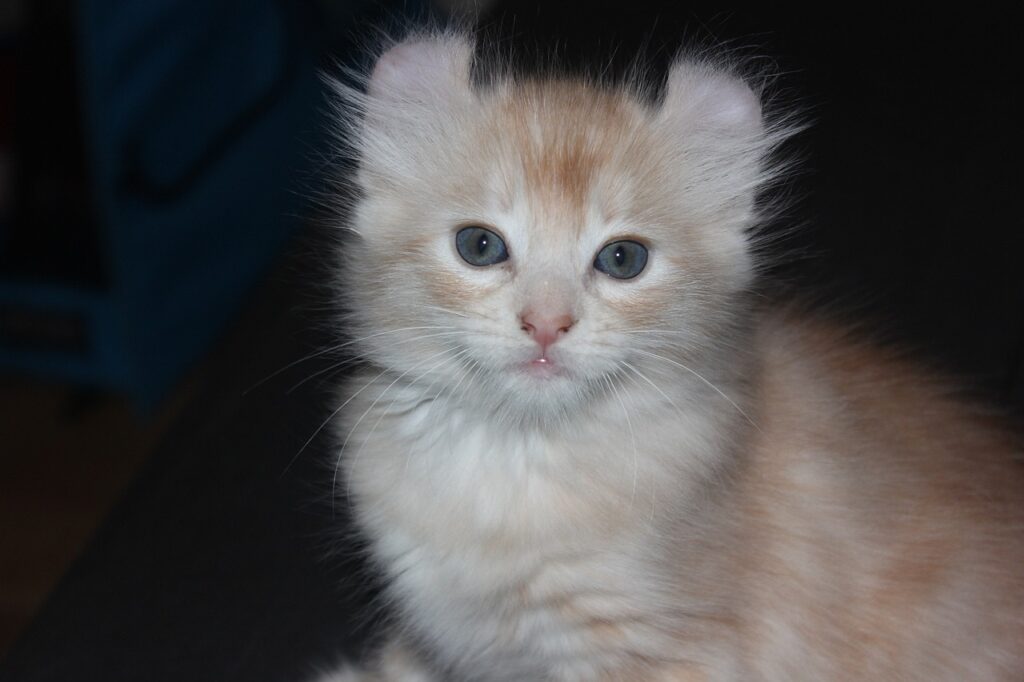
Those backward-folding ears on an American Curl match the rest of their personality. They’re going to follow you around the house all day. Every few minutes, they check back in to see what’s happening. Getting older doesn’t slow down their playful side much. Even when something else grabs their focus, they still keep track of their owner. You might find them walking around with a toy mouse in their mouth, hoping someone’s available.
Turkish Van

A Turkish Van will jump straight into a bathtub. That’s not normal cat behavior, but they don’t seem to know that. Running water from a faucet turns into a game. They have this energy that needs more than naps and window-watching. Fetch works for them. Chase games hold their interest. Their loyalty focuses on certain people rather than being equally distributed. Take them outside, and they stay close without wandering off.
Birman

Birmans have a calmness that makes living with them straightforward. They’ll settle near someone working at a desk without making noise or demanding anything. Getting upset doesn’t make them lash out. Even when a toddler grabs them the wrong way, they don’t bite or scratch. The sounds they make stay quiet. You might find one by the front door before anyone’s visible yet. They recognize certain footsteps coming up the walkway.
Bombay

A Bombay looks like a miniature black panther, but that’s where the wildcat comparison ends. They stick to their owner like glue throughout the house. Your bed becomes their bed without any discussion. This breed picks one or maybe two people, and that’s it. Households where everyone’s on different schedules create problems. Teaching them tricks actually works, and training them gets results similar to what you’d see with dogs.
Devon Rex

Devon Rex cats have oversized ears and curly coats. Their looks match their quirky behavior patterns. Shoulders become their preferred spots, and they stay there while people walk around doing things. The breed hates being excluded from activities. They follow conversations and seem to understand routines. Some play fetch until their owners quit first. Their energy stays steady whether it’s morning or evening.
Norwegian Forest Cat
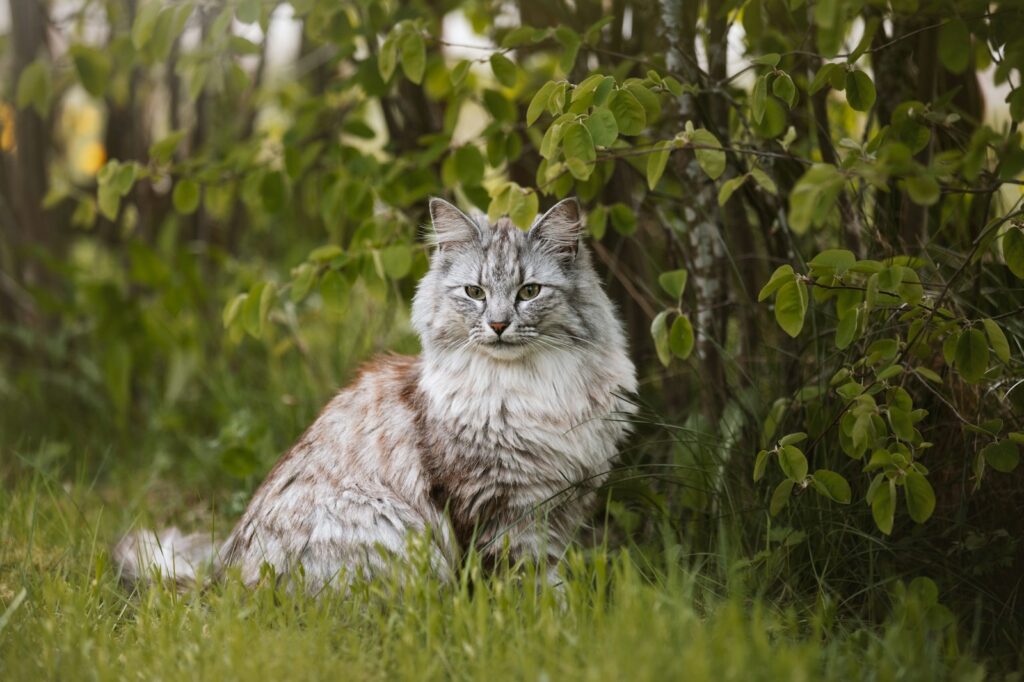
Norwegian Forest Cats were built for cold climates. You can feel how solid they are when lifting one. Take them outside, and they’ll trail along without bolting over the neighbor’s fence. Strange places or new people don’t freak them out. Rearrange the living room, and they will adjust within an hour. A leash doesn’t offend them, and car rides don’t trigger panic like they would with most cats.
Savannah
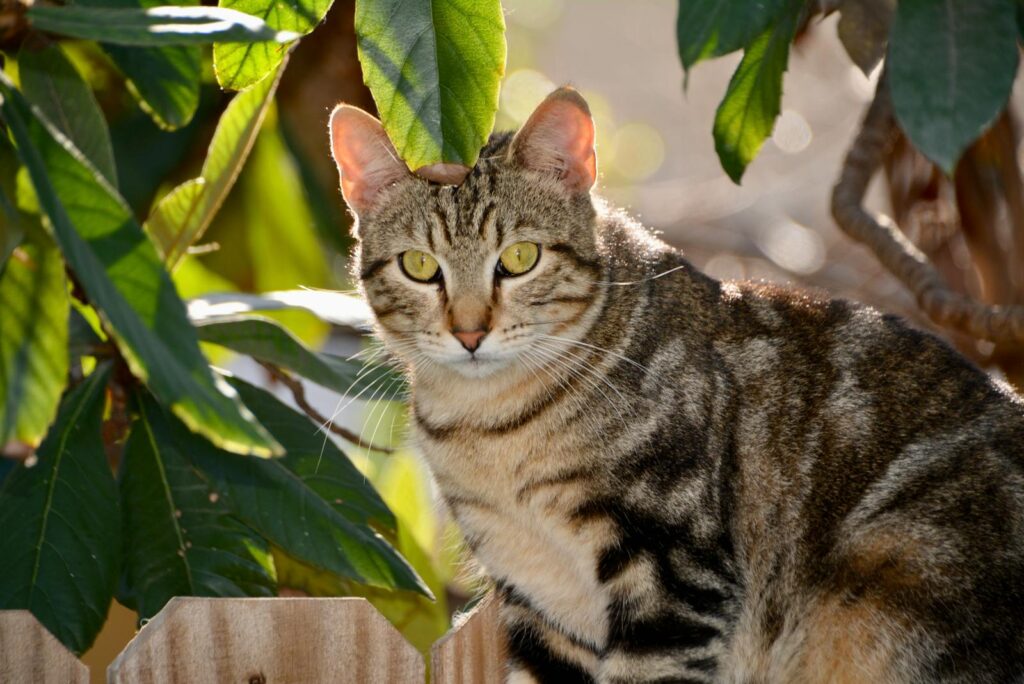
Savannahs carry a set of genes that shape their behavior. Their jumping ability exceeds that of most domestic cats. They need cat trees that go all the way to the ceiling. How tightly they bond with their person can be overwhelming. Teaching them commands works faster than it does with many dog breeds. A game of fetch can stretch on until the human gives up. That energy level demands someone who can keep pace.

